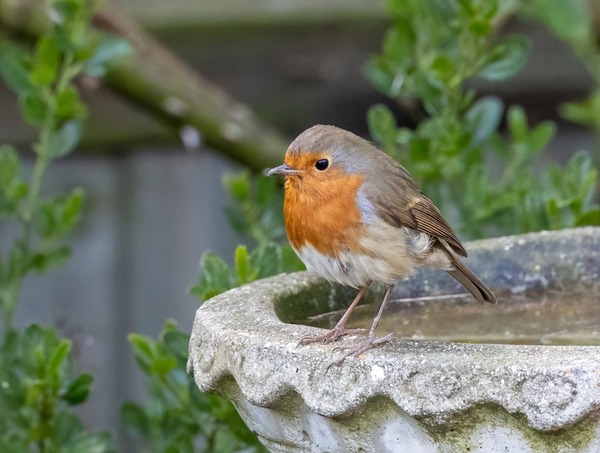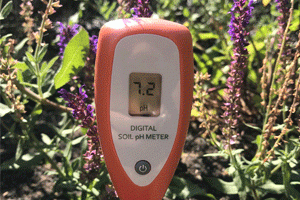As the hot summer continues Honeyfield’s resident wild bird expert Simon Smethurst, who is head of sales at Honeyfield’s, is sharing tips for your wild bird-loving customers on how the provision of plenty of water sources, as well as food, should attract even more birds to the garden.
Water is vital for survival but is also critical for feather quality. Regular bathing is essential to all species of bird, especially during the breeding season when parent birds are more likely to foul their feathers with chick faeces and general soiling at the nest site.
“Very few bird feeders also supply fresh water said Simon. “This means your customers must ensure they provide water for them. Birds very quickly learn where water sources are within their territories. Some of these sites are found whilst on their normal feeding routines, and some are learned from following the behaviour of other species. Providing several water sources is a great way of attracting even more wild birds into the garden.”
Different bird species have their own preferences when it comes to taking a drink. Some may be blatant and drink from an open bird bath while others are very secretive and prefer to drink under cover.
and drink from an open bird bath while others are very secretive and prefer to drink under cover.
Simon suggests providing 4-5 open water sources in the garden and offers the following tips for your customers:
• Bird bath in open view from the house (Pigeons, Jackdaws, Starlings, Sparrows).
• Water tray attached to the feeding station (Tits, Finches, Nuthatch).
• Ceramic flower pot tray on the roof of a shed (attracts the widest variety overall including the local Sparrowhawk).
• Plastic flower pot trays under bushes and behind the greenhouse (Blackbird, Thrushes, Robin, Dunnock, Wren).
• Keeping water stations clean and regularly topped up.
• Baby sterilising fluids are ideal for cleaning bird drinking stations!
“If birds are unable to locate water in neighbouring gardens where they actually might be feeding, they very quickly learn where to find water elsewhere,” said Simon. “The result is that your customers will have more visiting birds. Water is not only the source of life, it also brings in the birds!”
Honeyfield’s offers an exceptional range of wild bird feeds designed to support wildlife throughout the changing seasons. From high-energy sunflower hearts and nutritious seed mixes to suet treats and mealworms, there’s a feed for every species and dietary requirement. The range is competitively priced for consumers to be able to feed the best, while retailers can benefit from good margin structures and introductory stocking incentives.
To find out more about the Honeyfield’s range visit: https://www.honeyfieldswildbird.co.uk/


 and drink from an open bird bath while others are very secretive and prefer to drink under cover.
and drink from an open bird bath while others are very secretive and prefer to drink under cover.